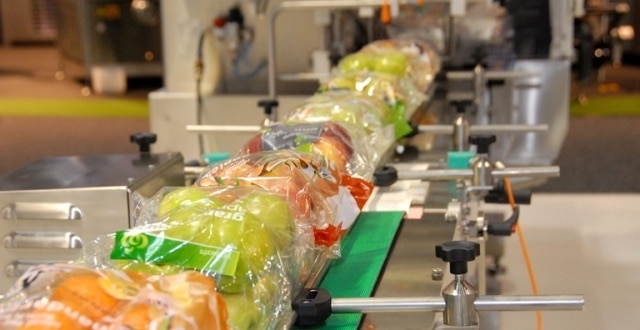“Green Worrier” Packaging
Food packaging serves many purposes; among them are: protecting food right through the supply chain until it hits the consumer’s hands, helping engender brand loyalty, extending food shelf life and giving brands a means by which to differentiate themselves.
Consumers expect packaging to preserve their food’s integrity and freshness, but increasingly they expect it to be “environmentally responsible” as well. There are two parts to this: its recyclability and how it’s made. Tetra Pak research across 25 countries found consumers are not only aware of environmental issues, they’re also more willing to take action to see positive changes — hence they expect the companies packaging their food to be aware of environmental concerns.
But don’t necessarily think in terms of “sustainability”. PwC research found the idea of “sustainable packaging” was actually “a rather useless term” because no standard exists for “sustainable packaging”, so there’s no across-the-board (or globe) understood meaning. This saw the replacement term “packaging for green worriers”.
Green Worrying
While somewhat of a mouthful, it’s all about the triple bottom line of not only minimising environmental impact, but lowering economic and thus social costs as well. Broadly speaking, “packaging for green worriers” covers a very broad gamut, from using the least possible resources in manufacturing through to recycling. Inherent here is another food trend: minimising product waste. Apart from minimising resource use, the term also encompasses other manufacturing areas, such as transport efficiency.
Material Conversion
Globally, companies are approaching “green-worrier packaging”, from a couple of different angles.
One is material conversion; for instance using plastics instead of glass. This is even the case with high-end brands, who are taking to plastic because it uses less packaging (by weight); the consequently lighter final product has a positive impact in transport (less weight means less vehicle emissions and so on). The popularity of the stand-up pouch is also partly due to its “green-worrier” status. Pouches are lighter even than plastic bottles, and empties can be shipped flat, resulting in a minimal environmental footprint, so it’s unsurprising The Freedonia Group estimates pouches globally to grow 6.2% annually to $48.52 billion by next year.
While its name might sound concerning, the good news from the green-worrier trend is that the consequentially reduced environmental impact will give consumers less to worry about — and brands concrete strategies.
About the author: Samantha Schelling
Sam is a marketing copywriter, author and sub-editor, who began her career in the early 1990s. She works with SMEs and corporates on a range of materials for a variety of audiences, across several industries. Sam is on first-name terms with Apostrophe Man, and believes equally in the nutritional benefits of green smoothies and red wine.
-
Stay up to date with the latest news, industry insights and foodpro updates.
- Subscribe

